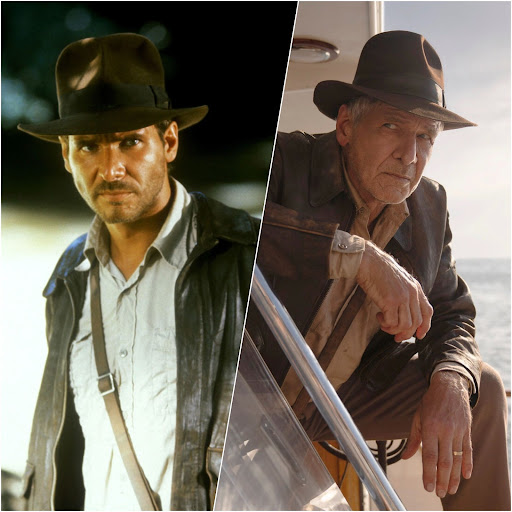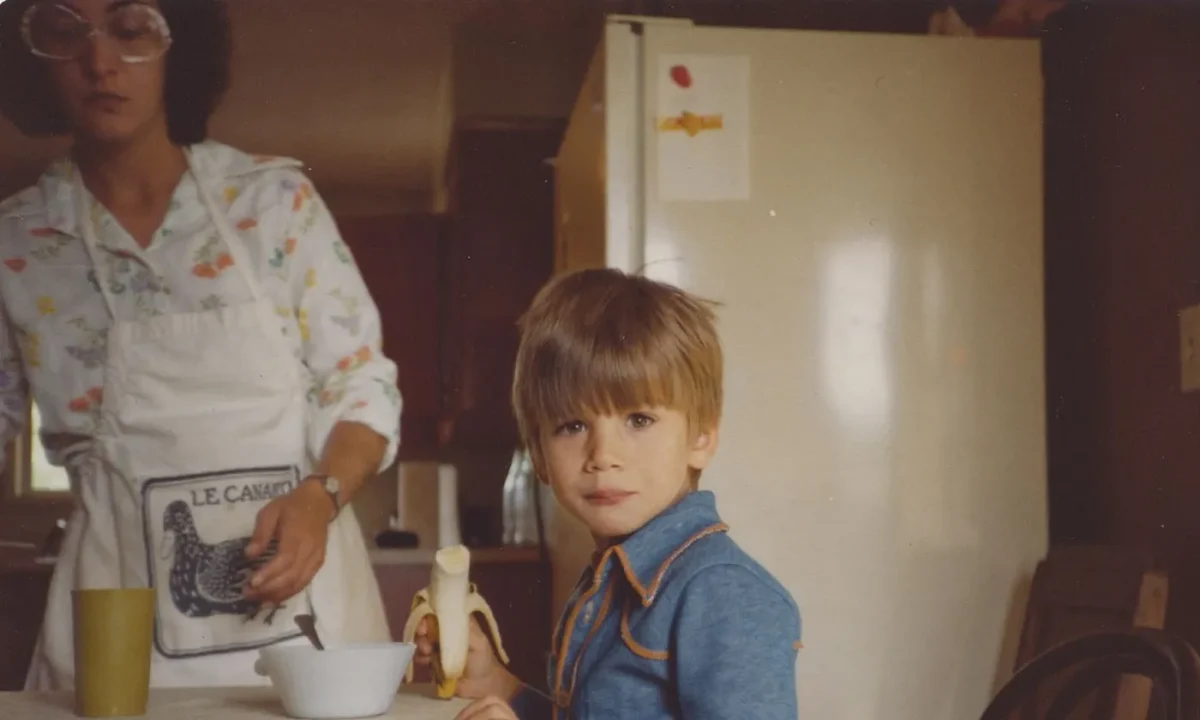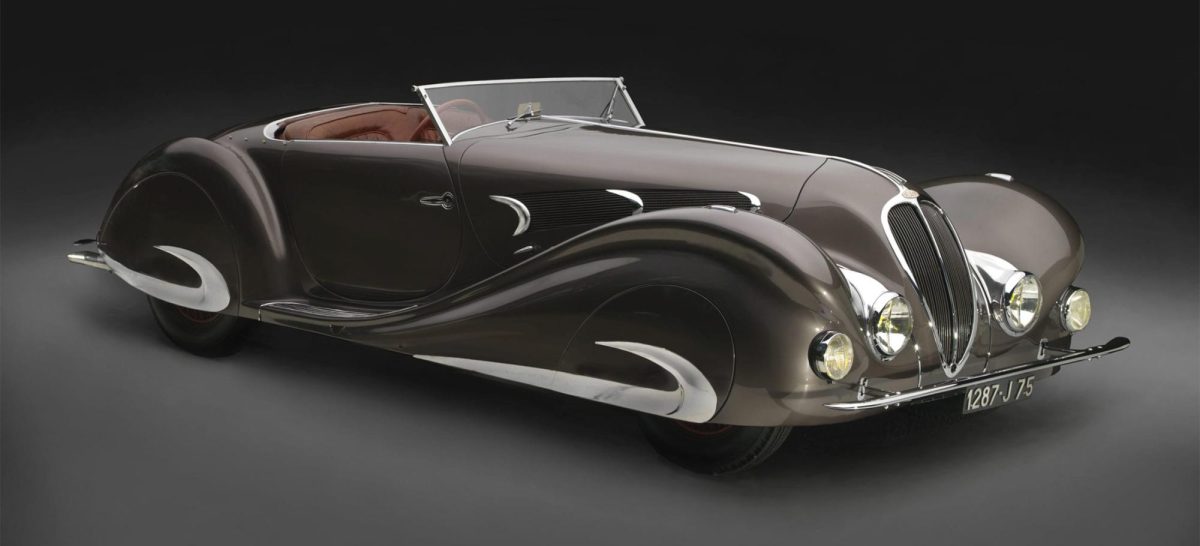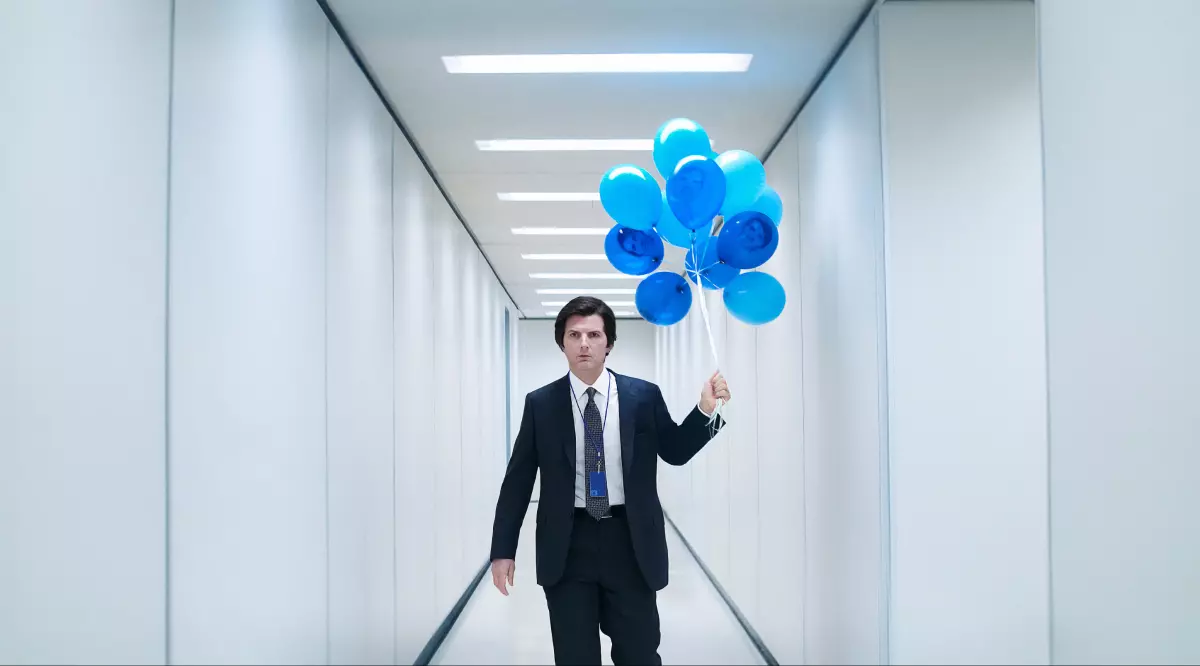“Indiana Jones and the Dial of Destiny,” the fifth and final installment of the historic series, is the epitome of everything that is wrong with Hollywood in 2023. Despite a nearly perfect original trilogy, the latest film is yet another example of a popular franchise being resurrected simply to make money– with its problems serving as franchise fatigue, nostalgia baiting and a generic, lackluster gender role reversal.
In 1981, George Lucas and Steven Spielberg released “Raiders of the Lost Ark,” paying homage to the serial adventures of the 1930s. Actor Harrison Ford played Dr. Henry “Indiana” Jones, a rugged, charming and imperfect archaeologist who donned an iconic fedora and whip. The groundbreaking film follows Jones in 1936 as he races against Nazi agents to find the biblical Ark of the Covenant, which is believed to possess immense power. The globetrotting adventure quickly became a commercial success and was deemed an instant classic because of its tightly woven plot, unforgettable action sequences and masterful direction by Spielberg. “Raiders of the Lost Ark” redefined the action-adventure genre, with its wonderful pace and astounding action set pieces, with Ford doing most of his own stunts; the most notable scene in the entire film sees Indiana outrunning a substantial boulder in the movie’s opening scene, a sequence that was filmed at five different angles and shot 10 different times. The 1981 movie prompted two sequels with the dark installment of “Temple of Doom” (1984) and “The Last Crusade” (1989) which sees Indy’s character ride off into the sunset. However, despite a seemingly perfect trilogy, Ford would retrieve his leather jacket and fedora not once but twice more.
Nearly two decades after the third film, “Kingdom of the Crystal Skull,” was released in 2008 and follows an older, gray-haired Jones pitted against the Soviets in the 1950s. Even though this adventure raked in over $790 million at the box office, it received mixed-to-poor reviews from fans and critics, particularly because of its overreliance on CGI, a tiresome amount of old man jokes, and an unconvincing attempt at passing Indiana’s iconic role to Shia LaBeouf’s “Mutt Williams” – a stereotypical greaser who is discovered to be Jones’ estranged son.
“I feel like I dropped the ball on the legacy that people loved and cherished,” LaBeouf said in a 2010 interview with the LA Times. “We [Ford and LaBeouf] had major discussions. He wasn’t happy with it either…There was a reason it wasn’t universally accepted.” Despite the mediocrity of the fourth film, it brought a satisfying close to the character, with Dr. Jones marrying his longtime love interest Marion Ravenwood, played by Karen Allen. Even though the best part of the movie is seeing Ford reprise his iconic role, the finished product feels drastically inferior compared to the first three, with many fans even failing to acknowledge its existence in the film’s canon.
However, in Oct. 2012, Disney acquired Lucasfilm for over $4 billion and rumors of a fifth Indiana Jones movie quickly circulated. Nonetheless, over the next decade, Disney relentlessly created content from their newly acquired Star Wars ownership – putting a fifth Indiana Jones on the backburner. Inevitably, Disney confirmed the fifth film in March 2016. However, numerous rewrites, delays, a global pandemic and Ford’s rising age made some fans believe that they would never see the film. An overwhelming majority of the series’ fans, both casual and diehard alike, believed that Disney should just allow the franchise to end. While originally supposed to direct and supervise the film, neither Spielberg nor Lucas were involved in the creation of “Dial of Destiny,” making fans even more concerned when filming began in 2021, ultimately falling to director James Mangold.
“Dial of Destiny” premiered at the 76th Cannes Film Festival on May 18, 2023, hoping to spark excitement much like “Top Gun: Maverick” of the previous year. However, the picture received lukewarm reviews from critics and many fans worried that they had another “Crystal Skull” on their hands. Despite Mangold using a similar formula to the previous entries – the Nazis as the bad guys, a supernatural artifact and a nostalgic score by legendary composer John Williams– the film seems to lack a certain authenticity and excitement that made the first three so notable.
“That character, or rather Ford, or really the two of them together are the main arguments for seeing Dial of Destiny,” which is as silly as you expect and not altogether as successful as you may hope,” Manohla Dargis wrote in a review for The New York Times. “Everything seems overly strained, at least at first, including the pacing, the story and [Phoebe] Waller-Bridge’s performance.” In spite of the film’s $300 million budget, the film has only generated around $380 million to date, marking another significant loss for Disney.
One of the main problems with Jones’ final chapter is an over reliance on nostalgia-baiting, a frequent strategy in Hollywood where “a movie company remakes a classic movie [over and over again] with the same characters and storyline, to draw you in,” according to Carlos Lopez of Pulse Magazine. Arguably the best part of the fifth movie is the opening 25 minutes, in which the viewer watches a de-aged Jones on a Nazi train in the heart of World War II. Although this exciting and dramatic beginning prologue does introduce the film’s primary artifact, it seems that its only other purpose was to get people in the movie theater– as the younger Indiana was shown heavily in both Disney’s marketing and promotions. Unfortunately, the rest of the movie fails to live up to the thrill that these 25 minutes instill in the viewer, especially when the audience is transported to 1969 and sees a rather frail, grumpy senior protagonist for the first time.
Another one of the movie’s major flaws is the insertion of Jones’ goddaughter Helena Shaw, played by Phoebe Waller-Bridge. Jones’s son, Mutt, has been killed off for this film, and Shaw serves as Jones’ sidekick for much of the movie, essentially becoming the protagonist in the third act. Gender swapping characters has become increasingly popular over the past decade, with more film studios wanting to show impactful and empowered women taking over previously established franchises. While there have been some successful implementations of this strategy, such as Charlize Theron in “Mad Max: Fury Road” (2015), Shaw’s performance and character miss the mark in the latest film. A large majority of moviegoers believed that the character is abrasive, unethical, greedy and difficult to root for – contrary to everything that made Indiana’s character so popular in the 1980s.
Overall, seeing Ford reprise his iconic role was somewhat enjoyable, even if the final product was rather watered down and underwhelming compared to its predecessors. The primary problems of the film are rooted in the fact that it was completely unnecessary and only created to make money, a laughably common trend in filmmaking today. If nothing else, maybe this film can teach both Disney and Hollywood that some franchises simply belong in a museum.









Jacob • Aug 14, 2023 at 11:29 pm
Such a great piece from Brunette, never left disappointed after his stories!
Jacob Neely • Aug 14, 2023 at 11:21 pm
Such a great piece from Brunette, never seems to disappoint